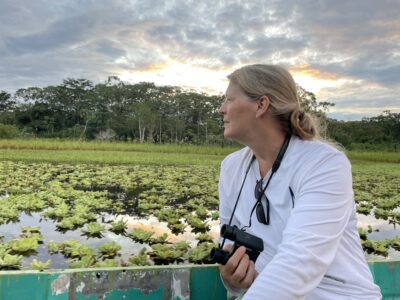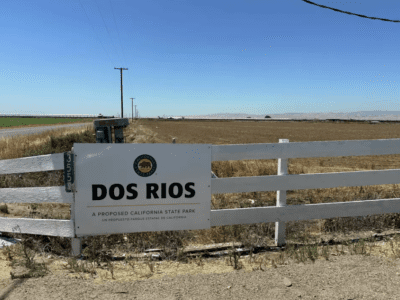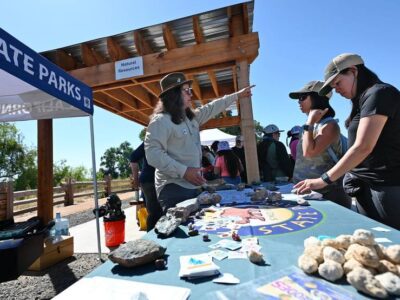Everything from the food we eat to the health of our natural ecosystems depends on water. Rivers throughout California, and especially the hardworking rivers of the Central Valley, are the lynchpin of our $20 billion agricultural economy that directly supports more than one million families, and nourishes millions more. Rivers are also critical habitat corridors for wildlife, supporting the largest populations of endangered and threatened species in California, a worldwide biodiversity hotspot.
As climate change intensifies, experts warn of weather whiplash, where intense periods of rainfall will bookend longer, hotter droughts, causing catastrophic flooding along our riverways. Amidst this pending disaster, a critical action we can take is to give new life to our rivers and harness the power of reforested floodplains as natural infrastructure for climate protection.
River Partners is on the front lines of climate mitigation in the Western U.S., delivering essential flood protection, water conservation, groundwater recharge, and habitat lifelines for wildlife. The diverse partnerships we forge to restore thriving rivers and freshwater ecosystems are crucial to the long-term resilience of communities and wildlife facing historic drought.
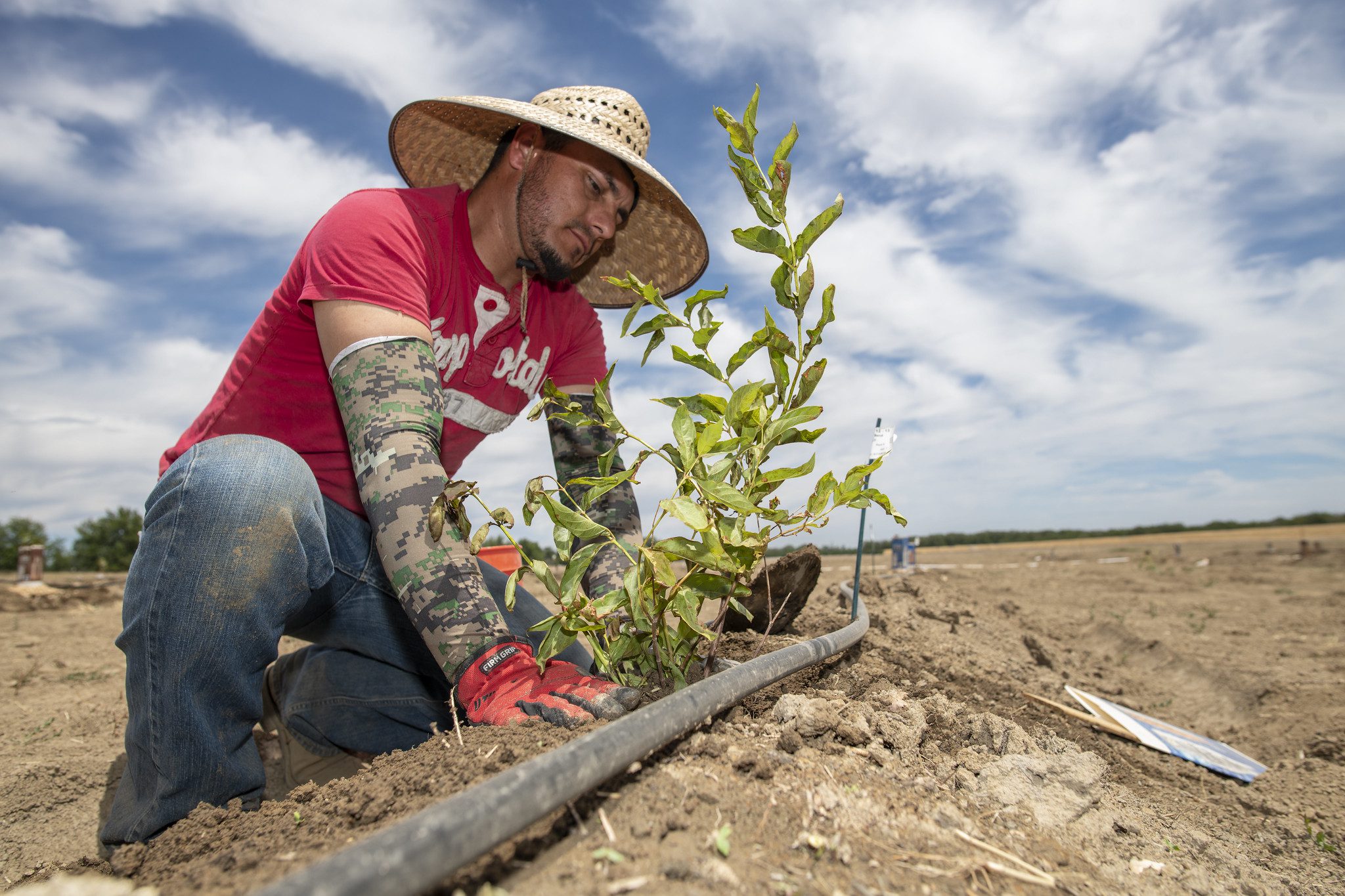
We asked River Partners Director of Science Erin Hagen to weigh in on the challenges and opportunities of restoring our state’s rivers during California’s most extreme drought on record.
Can you put the current drought situation into context for us?
When I think of California’s current megadrought situation, this study from Nature comes to mind which says we’re in the driest 22 year period in the last 1,200 years. This study is important because it’s not just looking at California, but an entire eco-region of the southwest. California is having severe drought conditions, but so are other places. Water conditions do not know political boundaries, and it’s important to look at the entire eco-region when we think about how we got into this drought situation and how we get through it.
It’s also important to understand that drought conditions have historically been the norm rather than the exception in the arid Western U.S.. This extreme drought is taking place against a backdrop of freshwater resources that have been over-allocated for a very long time. Our riverways are at the front lines as we try to re-balance the demands of humans and of our freshwater ecosystems.
What is the role of restoration of freshwater ecosystems when it comes to drought?
One goal of ecosystem restoration is to build resiliency of a landscape to respond to naturally occurring stressors—whether it be a fire, or a drought, or a flood. The role of restoring our riverways is to recover their resilience, their ability to withstand and respond to these stressors.
We know that California’s river ecosystems have lost 95% of their original footprint in the Central Valley. They’re a very endangered system. Climate change is accelerating our need to build resiliency into our riverways to help withstand those changes and provide refuge for people and wildlife. It’s critical that we increase the overall area and connectivity of riparian cover as we think about what’s coming next with drought, and also with flooding.
How is restoration impacted by drought?
River Partners works in imperiled ecosystems that are affected by water scarcity, so all our projects are impacted by drought. We’re right in the bullseye. That means we have lots of explicit conversations about water when we’re planning projects, implementing them, and following up on monitoring and maintenance. We’re always asking ourselves how much water we’re using on the site, what the water use history has been for that site, and if we can reduce water use in the future. Thinking about water is always an undercurrent of our planning and implementation, in any year.
During a drought year, water resources are more restricted, and we must make decisions about how we use them. We are seeing some level of stress to our projects due to drought use restrictions, which is requiring us to develop even more effective restoration practices.
But for us, these aren’t new considerations. We’re very well versed in talking about water issues with our partners because it’s so important to the success of our work and the success of restoration of riparian areas in California.
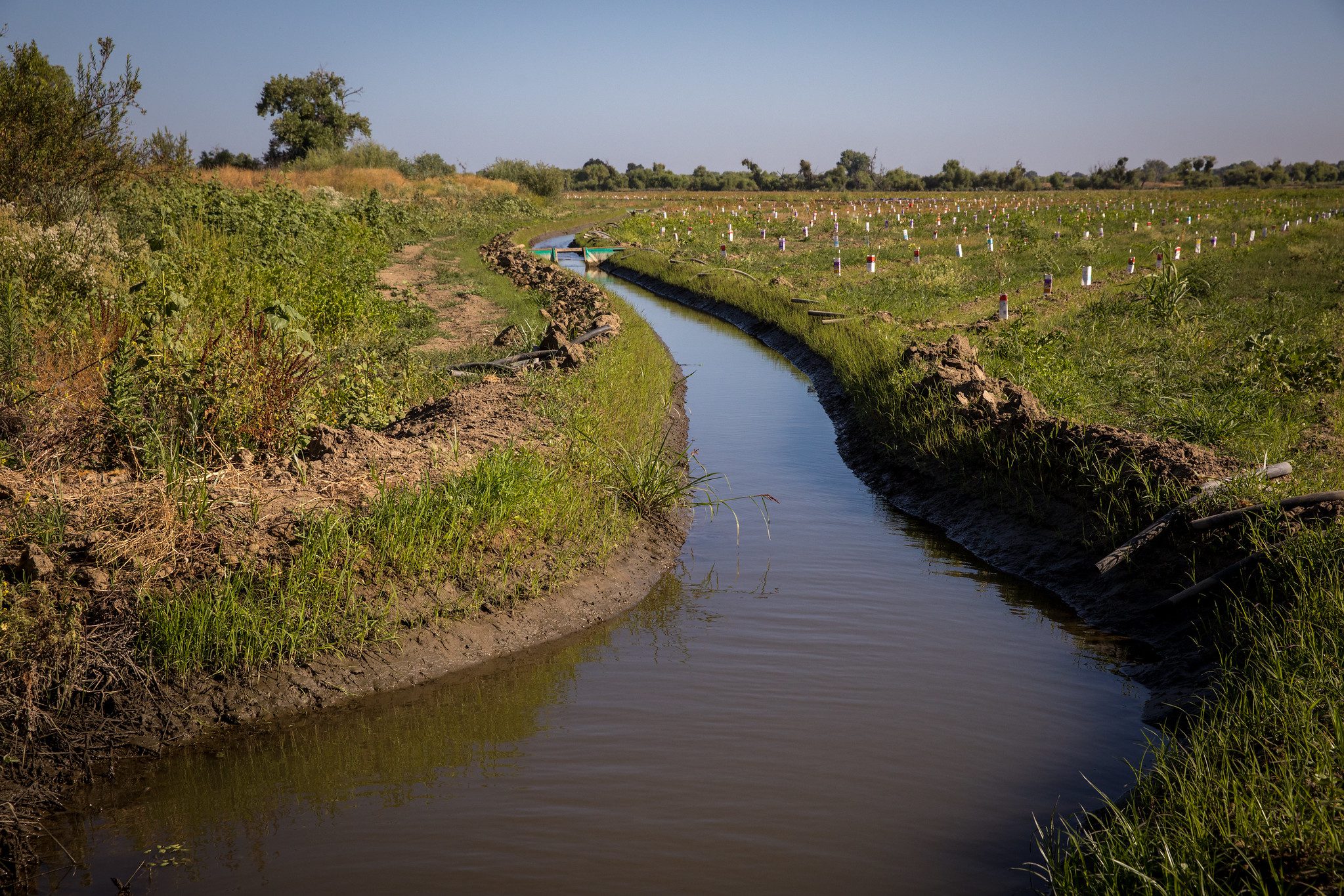
Can you share an example of what’s happening on the ground this year?
This year, for the first time, three of our partner agencies have requested river access through our restoration sites for fish monitoring programs. That’s never happened before. Normally, they access the monitoring areas by boat, but this year, due to drought conditions, the water is too low to navigate research vessels. We’re glad we could provide access on our restored floodplains to these reaches of the river so monitoring can continue despite drought conditions.
Our science partners are collecting long-range data sets, with measurements repeated year after year, which are incredibly important for understanding how species are responding to changing conditions. Research we are facilitating through access to River Partners projects will help us make critical decisions about how we manage water in the future.
What is River Partners’ vision when it comes to helping California respond to drought?
Drought is part of the landscape, part of our disturbance regime in Central and Southern California. We can’t do anything to banish it. We’re not trying to do that. We’re trying to bring life back to river systems for wildlife and people to help us face those changes in the future.
Through the nearly 20,000 acres of River Partners completed and in-progress restoration projects that serve as living laboratories, we can support many forward-thinking planning groups to show and discuss how we can use the water resources that are available.
Especially in drought years, and in the context of riparian restoration in the Central Valley, we see that groundwater dependent ecosystems often don’t have a voice at the table: the trees, animals and fish as well as communities that are depending on water that’s underground. They’re depending on the water storage that won’t be there if we don’t stand up for them. We make sure to give them a voice at the table.
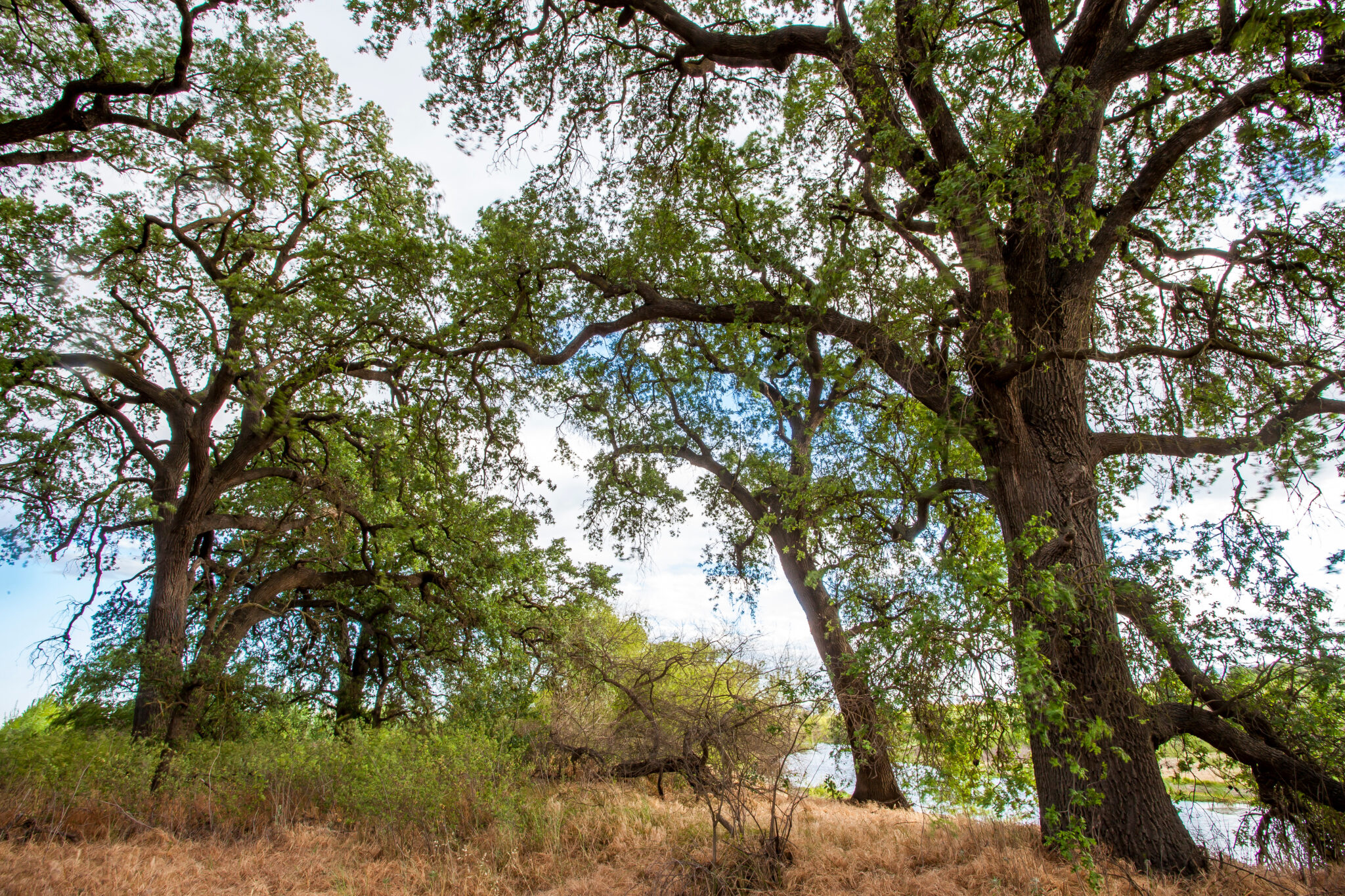
How can river restoration help during drought conditions?
The floodplains we restore today are an important investment in capturing water that might be available in the future. With our partners, including hydrogeophysicist Rosemary Knight’s lab at Stanford University, we’re seeing opportunities to prepare for peak flood events that are projected to increase 300-500% over the coming decades. Using geophysics to map the ancient river channels beneath our project areas, Dr. Knight’s research aims to understand the potential to recharge groundwater in different areas and then find the best way to help water flow over those areas to replenish our aquifers.
Keep in mind, all of this is being done within the context of what water is available, which isn’t much. Many streams are fully appropriated in terms of their water rights. So, we think within the margins of what might be available during high-water years. We want to ensure groundwater dependent ecosystems are benefiting from future high-water flood events as much as possible.
What can regular people do to help?
Being a voice for these ecosystems that are in peril. You can stand up by using protected or natural areas around you. The more we use them the more we know and love them and want to protect them. You can also be a voice for riverways and California ecosystems when it comes to voting, talking to elected officials, and thinking about how legislation will affect natural areas.
What gives you hope?
It’s easy to get bogged down when you look at what we—people—have done.
But every day I interact with people who are working to combat climate change and intensification of drought, tackling problems with distribution of resources and equitable use of resources. People are looking for ways to create a different type of future for ourselves and for next generations. I feel like I’m a part of a community of people that’s much bigger than I can see that are very interested in preserving the natural world and helping it grow alongside our human communities.
That’s what gives me hope.


